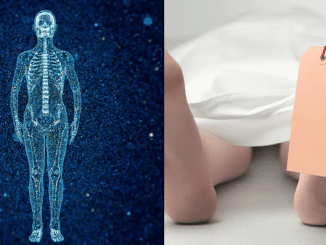If you’ve ever wondered why toilets are almost always white, you’re not alone. This seemingly simple color choice actually has deep-rooted reasons that go beyond aesthetics. From hygiene and psychological appeal to manufacturing ease and historical preference, there’s a lot more to the classic white toilet than meets the eye. Let’s explore why white has become the dominant color for toilets around the world.
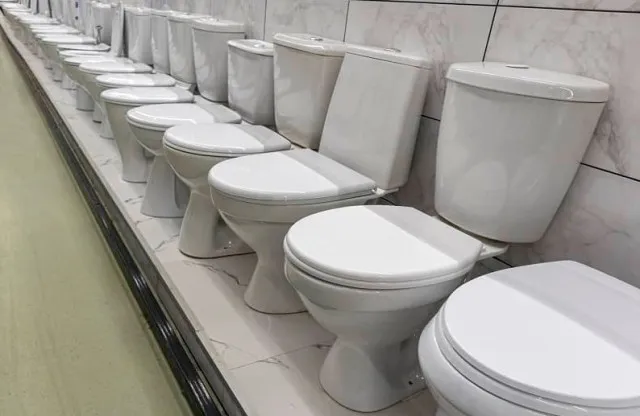
Most toilets are white for specific reasons, including cleanliness and cost. Image Credit: Getty
White Toilets: A Practical Choice in Material and Manufacturing
Most toilets are made from porcelain, a material that naturally takes on a white color when fired at high temperatures. Porcelain is a favorite in bathroom fixtures for good reason—it’s durable, non-porous, and provides a smooth, waterproof surface that’s easy to clean. When porcelain is kiln-fired, it hardens into a resilient surface that resists stains, scratches, and general wear and tear, making it ideal for frequent use.
Creating colored toilets requires an additional step in the manufacturing process. To make porcelain any color other than white, manufacturers must add pigments to the glaze before firing, a process that increases production complexity and cost. For this reason, sticking to white is not only practical but also cost-effective. In the end, the simplicity of white keeps prices lower and production smoother, which has helped establish it as the industry standard.
White Signifies Cleanliness and Hygiene
The color white has strong associations with cleanliness and purity, making it a natural choice for bathroom fixtures. In many cultures, white is linked to freshness and hygiene, which is why hospitals, clinics, and bathrooms often feature this color prominently in their designs. For many people, a white bathroom provides a sense of security and cleanliness.
White’s bright and reflective nature also makes it easier to spot any dirt, stains, or potential areas that need cleaning. This is especially useful in restrooms, as it allows both homeowners and janitorial staff to ensure a sanitary environment. A white toilet, therefore, not only appears clean but also reinforces a sense of hygiene that puts users at ease.
Psychological Impact of Color in the Bathroom
The psychology of color plays a significant role in bathroom design. Colors have the power to influence mood, and white is known for its ability to create a calm, peaceful, and neutral environment. In the context of a bathroom, white contributes to a sense of purity and cleanliness, which is exactly what people want to feel in this private space.
While bright or dark-colored toilets might seem fun or unique, they can introduce a sense of heaviness or distraction to the bathroom environment. For most people, the bathroom is a space of relaxation and cleanliness, and white provides the perfect backdrop for that. Its neutrality also means it complements a wide range of bathroom styles, whether modern or traditional, and allows for easy coordination with other fixtures and decor.
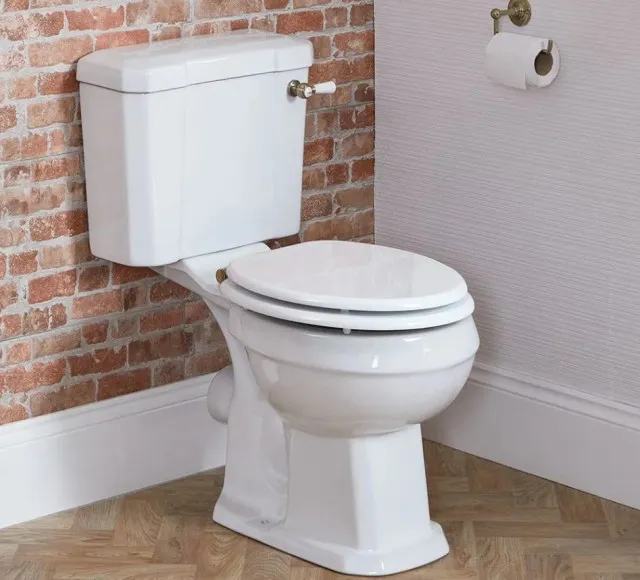
Creating white ones is simpler and more cost-effective than making colored ones. Image Credit: Getty
The Historical Preference for White Toilets
Toilet design has evolved over the years, but the preference for white has remained consistent. In the early 20th century, toilets came in a variety of colors and ornate styles as manufacturers experimented with design. However, these colorful options didn’t become mainstream, as white was easier to produce and matched well with other bathroom fixtures.
The classic white toilet became a staple in bathrooms, appealing to both aesthetic and practical sensibilities. Its timeless look fits seamlessly with any decor style, ensuring that a white toilet will never go out of style. Even as bathroom design trends change, the white toilet remains a classic choice, blending well with minimalist, vintage, and contemporary themes alike.
White Toilets and Global Sanitation Awareness
Interestingly, the color white has even become symbolic of the push for better global sanitation. The United Nations marks November 19 as World Toilet Day, an annual observance that raises awareness about the global sanitation crisis. While the color itself is not the focus, the emphasis on clean, safe, and accessible toilets for all highlights the importance of sanitation in public health.
Around the world, billions of people still lack access to adequate sanitation facilities, a serious public health issue. The white toilet, therefore, has become somewhat emblematic of the clean, safe restrooms that many take for granted but that others still desperately need. By raising awareness and promoting access to sanitary facilities, organizations work toward creating healthier environments worldwide.
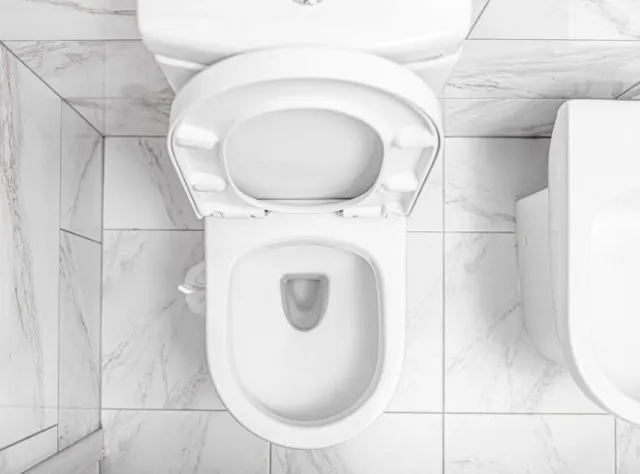
White symbolizes freshness and hygiene, often used in hospitals and bathrooms. Image Credit: Getty
The Practicality of White in Public Restrooms
In public restrooms, where maintaining a high standard of hygiene is a top priority, white toilets make it easier for cleaning staff to detect any mess or spills, ensuring they can address issues promptly. White is often chosen because it’s practical and reinforces the idea of a sanitary environment.
Public restrooms see constant foot traffic, which increases the risk of mess and dirt accumulation. With white surfaces, any visible dirt is easy to identify and clean, ensuring the restroom remains inviting and safe for users. In contrast, dark-colored toilets might hide certain stains or messes, potentially creating an unpleasant experience for those who expect a clean space.
White Toilets: A Universal Design Choice That Fits Any Space
One of the great things about white toilets is their versatility. White is a neutral color that goes with almost anything, making it a perfect choice for homeowners and designers looking to create a cohesive bathroom design. Whether your style leans toward modern minimalism, vintage charm, or traditional elegance, a white toilet complements the look effortlessly.
Additionally, a white toilet can make a small bathroom feel more spacious, as light colors tend to open up a space. Darker colors, on the other hand, can make a room feel smaller and more closed-in. For those with limited bathroom space, a white toilet and light-colored walls can create an airy, open feel.
Conclusion: White Toilets Are Here to Stay
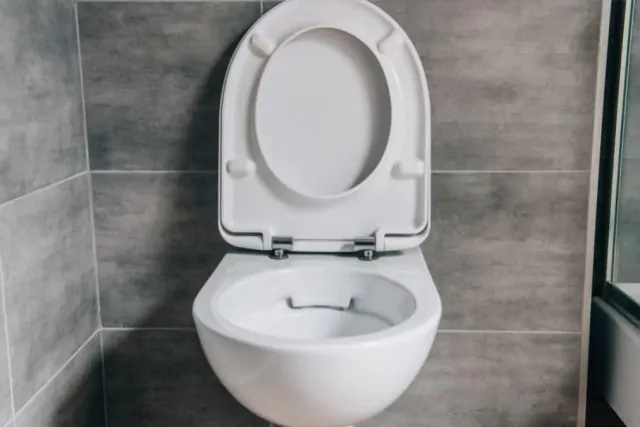
White evokes positive feelings, making bathrooms feel brighter and more pleasant. Image Credit: Getty
The reason toilets are predominantly white isn’t just a matter of tradition—it’s a thoughtful choice rooted in practicality, cost-effectiveness, and the universal appeal of the color. White signifies cleanliness, complements any design style, and offers an ease of manufacturing that has helped it remain the top choice for toilets across the world. While colorful toilets may offer a unique touch, the classic white toilet continues to stand as the symbol of hygiene, simplicity, and timeless design.
So, the next time you walk into a bathroom, take a moment to appreciate that white toilet. It’s not just a design decision but a reflection of decades of practical choices, all aimed at providing you with a fresh, clean, and welcoming space.
